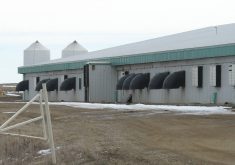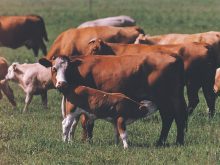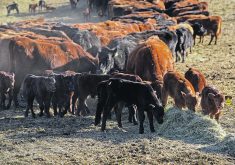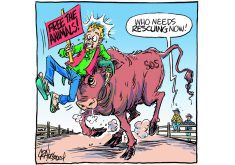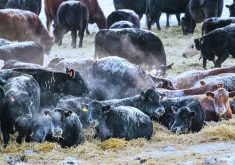Many producers and auction markets are realizing the benefits of palpating heifers before breeding.
With the advent of early maturing breeds, it is not unusual that unwanted pregnancies will occur if breeding bulls are left out late.
Some heifers can breed as early as four to five months old. By palpating early, these pregnant heifers can be identified and removed from the breeding group.
If they are less than four months pregnant, abortion is a possibility if there is time for rebreeding.
My advice for heavily pregnant animals is to calve them out. A fair percentage will calve normally. Palpating will at least identify them and provide an opportunity to segregate and watch them.
Read Also
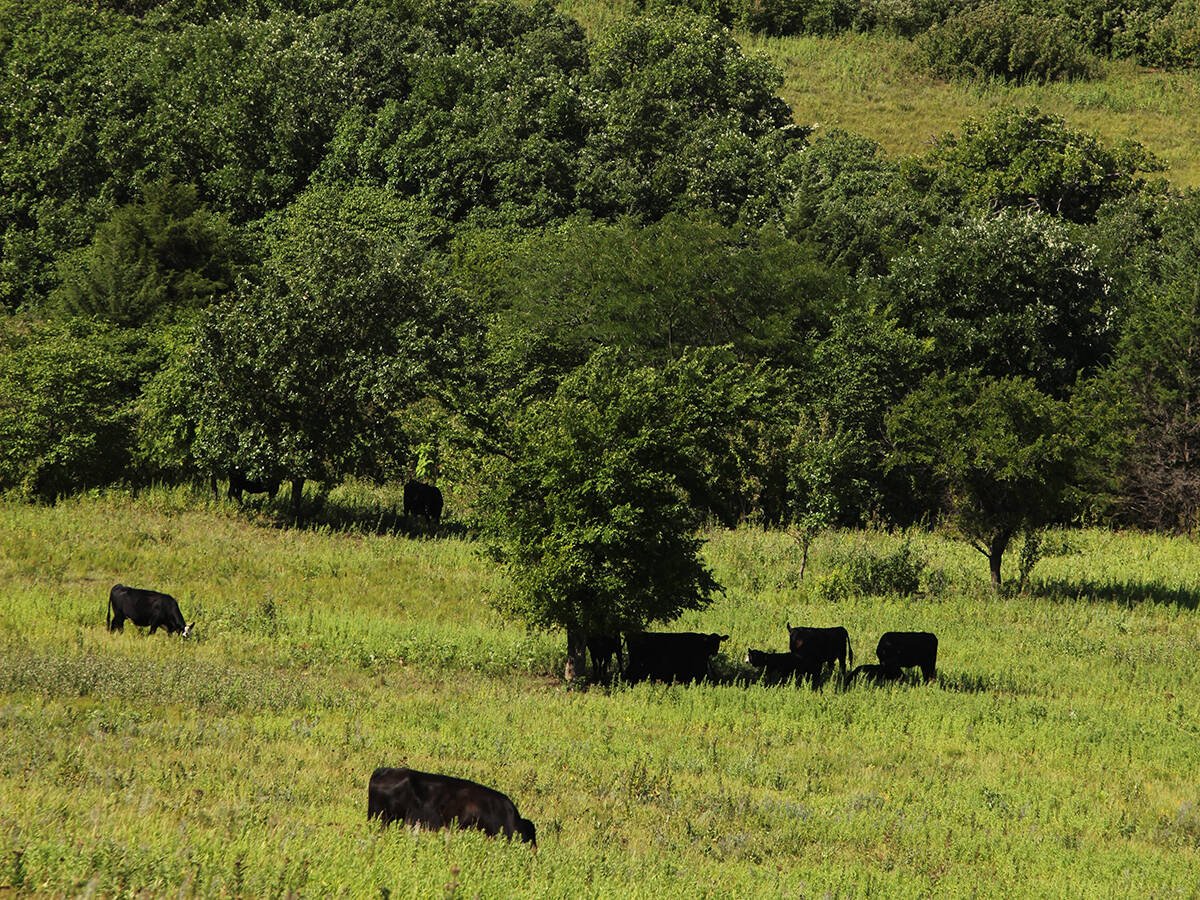
Beef cattle more prone to trace mineral deficiencies
The trace mineral status of our cows and calves is a significant challenge for western Canadian producers and veterinarians.
We palpate open heifers to look for several things.
An intact uterus is necessary to conceive, and evidence of cycling is detected by palpating both ovaries. In large herds, the records of twin calves can often be lost when twins are grafted to other cows.
Freemartins, heifer calves born twin to bulls, can be detected by a skilled veterinarian and eliminated, because often only a rudimentary uterus is present. Conversely, in about five percent of freemartin cases, an intact uterus with two ovaries are present and they can be retained.
Various strategies for grading the development of the reproductive tract have been tried. They are based on the size of the reproductive tract and the degree to which the ovaries are functioning.
Veterinarians want to see an adequately developed uterus with ovaries that are showing some sign of cycling. This is more critical as breeding gets closer. If we select this way we are selecting for early maturing.
Keep in mind that certain breeds develop earlier than others. If you have lots of grass, freemartins will exhibit growth approaching that of bulls. They commonly still cycle from rudimentary ovarian tissue, so will keep the bull busy all summer.
Pelvimetry can also be performed at the same time. A Rice or Krautman pelvimeter is accurate in experienced operators’ hands. Both measure minimum height and maximum width.
I am most familiar with the Krautman tool, which calculates pelvic size in square centimetres and can predict the birth weight in pounds of calf that a cow could have with little or no assistance.
A cruder approach is to palpate using your outstretched hand to identify small pelvises. This will help avoid potential caesarean sections or hard pulls next spring.
Generally, the larger the body weight the larger the pelvic size. A researcher from Alberta proved it was possible to select for larger pelvic size while keeping body weight the same.
Palpation can also pick up other problems, such as peritonitis, kidney problems and uterine infections. Heifers with these conditions should be eliminated.
Processing heifers at this stage allows a good opportunity to give a booster shot of blackleg and protect them from the major reproductive diseases IBR and BVD.
Weighing is also useful. The top five percent of heifers are usually culled for several reasons. They are large and will command a good market price. Also, fertility is generally poorer since they have more masculine tendencies. Producers are realizing that more moderate cows are the most efficient. Large heifers end up being large cows that produce extremely large calves. This is definitely worth considering.
I have lost track of how many times over the years a producer’s largest, and in his eyes best heifer, is open at pregnancy checking time.
Palpating heifers is a relatively quick procedure with many intrinsic benefits.
Buyers can buy with confidence, knowing reproductive soundness has been checked. Unwanted pregnancies are eliminated and the percentage of open animals in the fall can be cut down substantially.
If you use synchronization programs with melengesterol acetate prostaglandins or the new controlled internal drug release, which is an intravaginal insert that provides controlled release of exogenous progesterone, it’s possible to get the majority of your heifers calving early.
You should think about having your replacement heifers palpated this spring, especially if grass is in short supply.



